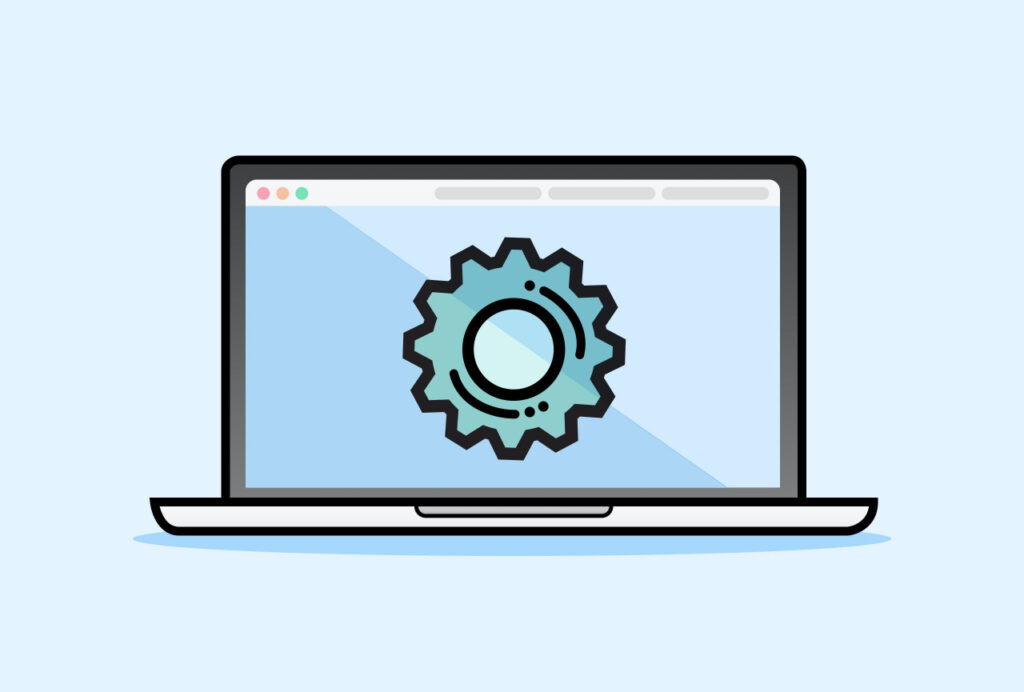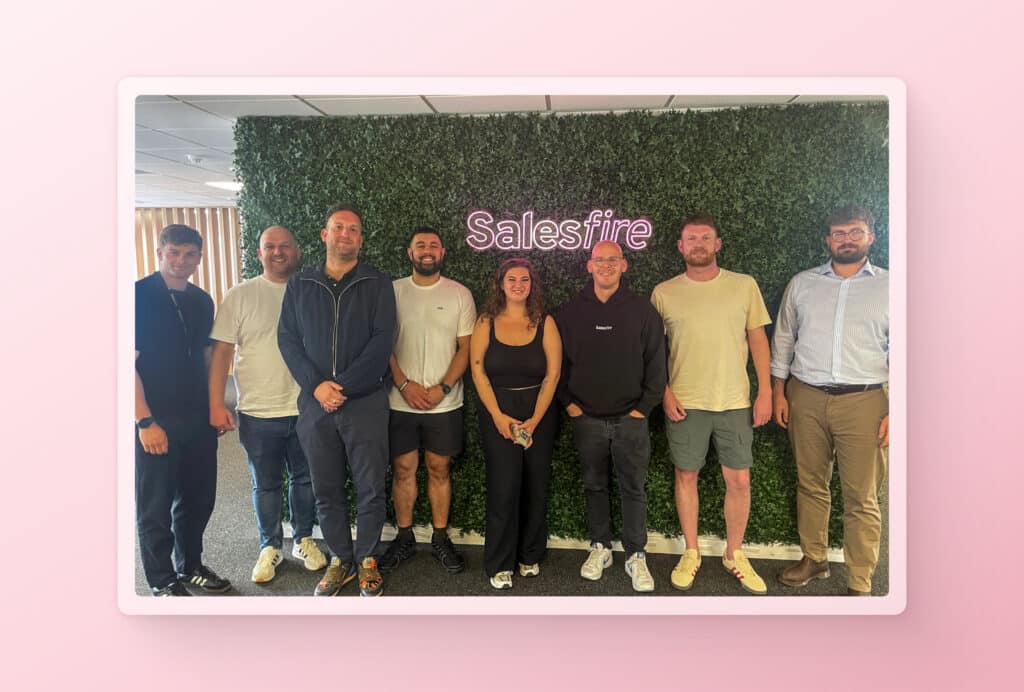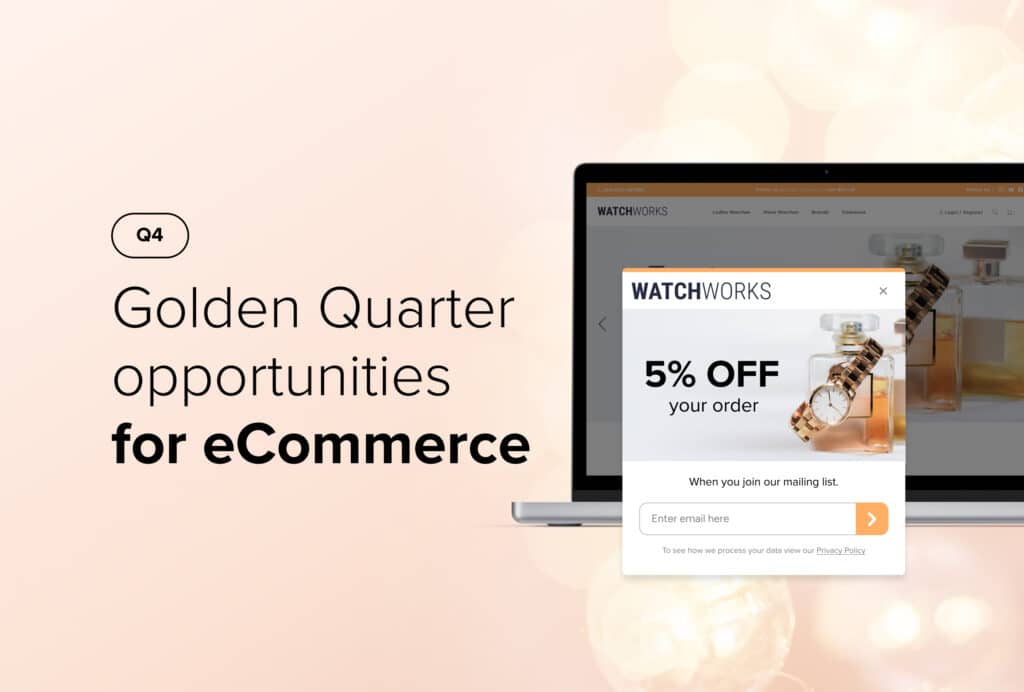Why Website Personalisation Matters: Benefits for Your eCommerce Site
By Bethany Llewellyn • Last updated: Monday Jun 17th, 2024

The majority of today’s consumers are more likely to engage with brands that personalise their experience.
In fact, a huge 91% of consumers are more likely to shop with brands that provide relevant offers and recommendations.
Because of that, over 70% of millennials are willing to let retailers track their shopping and browsing behaviours in exchange for a better shopping experience.
Customers today want brands to listen to them, understand them, and pay attention to their specific wants and needs.
Figures like these can’t be ignored, website personalisation matters and here’s why.
What is the value of website personalisation?
The importance of a personalised experience is easier to understand when you think of your own experience as a consumer.
Customised eCommerce experiences are expected by the majority of consumers nowadays.
Personalisation can start before a customer even lands on your website. This can be done through targeted messages via ads or social media.
But, having this personalisation from the first moment a customer lands on a site adds value to every customer’s experience, building trust and loyalty.
Once the visitor is on your site, real-time data can be used to tailor each experience showing products that are genuinely relevant to each consumer.
The use of personalisation tools such as Recommendations keeps the customer engaged with products they want to see, making it more likely that they will add more items to their basket and reduce bounce rates.
This helps the customer move through the sales process quicker to complete a purchase.
Consumers engage more with content that is related to them, so a customer will engage with your content more if they are addressed directly.
The benefits of personalisation
Website personalisation is nothing new. That’s why it’s imperative that your brand stands out.
Oftentimes, this can be done by a few amendments to your current marketing strategies.
Using audience and data analytics you can segment your customers by their attributes, ranging from location to time spent on site, purchase behaviours or position in the sales funnel.
Here are a few advantages to implementing personalisation strategies on your eCommerce site.
1. Reduce bounce rates
It only takes a new customer a matter of milliseconds to form an opinion of your site, so you’ve got to make the first impression count.
Personalisation from the very first moment instantly engages users and encourages them to explore more of your site.
Using geo-location targeting can reduce your bounce rate by creating a personalised experience from the get-go.
By changing the content of your landing pages depending on the area of your visitors, you can provide genuinely relevant content.
Not only does this increase engagement and improve user experience, but this will also boost confidence in your brand by showing you know what the user is looking for.
2. Improve customer experience
Personalisation is one of the strongest factors in driving customer loyalty and improving customer experiences.
Segmenting your audience based on visitors behaviour will allow you to use dynamic content and tailored messaging.
Using personalisation means your site will be tailored to the individual user, making every touchpoint relevant.
Delivering the right product to the right customer at the right time overall creates a better experience for your visitors.
Because of this, customers will be more than happy to return to your site for personalised, seamless shopping.
3. Boost AOV
Average order values can often be overlooked by eCommerce retailers.
But, your AOV can provide great insights into trends and buying patterns that can help inform your future business decisions.
Tools such as Recommendations on product pages and checkout pages are a great, simple way to increase your AOV.
The use of these personalisation tools presents the perfect opportunity for upselling and cross-selling items.
Suggesting items that are genuinely relevant will encourage them to add more items to their basket.
4. Increase conversion rate
Implementing personalisation on your website means you can lead the customer down the sales funnel.
You will help them find what they are looking for more easily, and connect them to the products you know they’ll love.
This will vastly increase the likelihood of customers adding products to their basket and improve your conversion rate.
Making the shopping process seamless from the moment they land on your site will also encourage customers to return.
5. Improve customer retention
Acquiring a new customer can cost five times more than retaining an existing one. In fact, 40% of online revenue is generated by returning customers.
Personalisation doesn’t have to start and end with your website.
Since emails are at the forefront of your communications with your customers, having a tailored email campaign provides opportunities to re-engage with your customers.
Taking a personalised approach to these communications will help build a relationship with your customers and improve their loyalty to your brand.
See how Salesfire can help you optimise your product discovery experience, email one of our experts at [email protected] or book a free demo of our personalisation tools.



